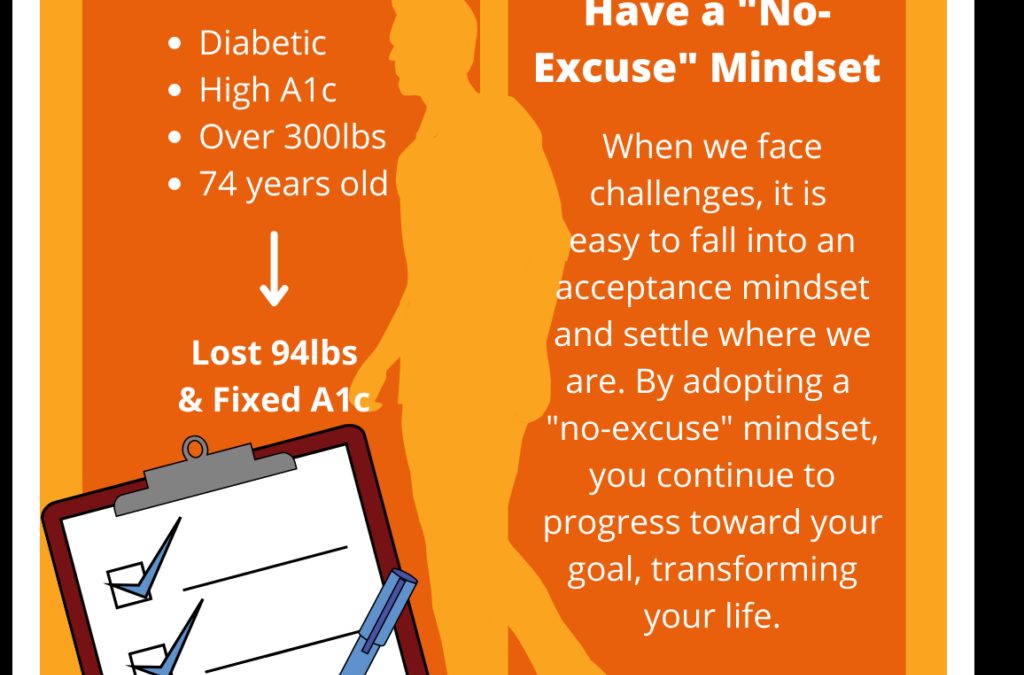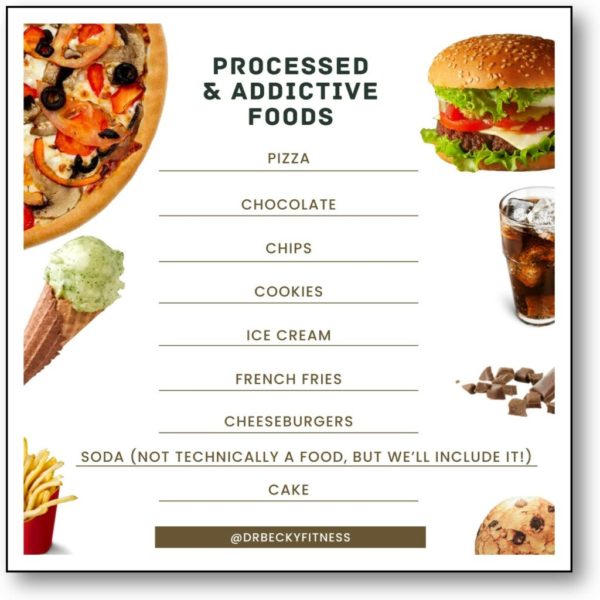Fasting Schedules for Women in Their 20’s to 40’s
If you are a woman in your 20’s, 30’s, or 40’s, you may have a goal of getting a lean body with a low body fat percentage. However, your body doesn’t necessarily share that goal. As far as your body is concerned, this stage of life is a time to ensure that nutritional needs are being met so as not to disrupt your menstrual cycle. To make sure that happens, your body orchestrates hormonal changes that spur hunger and cravings at different times of the month, ensuring that nutrients will come in.
So, what is a woman to do? This blog post shows you how to work with your body to reach your goal using intermittent fasting and nutrition.
Fasting Schedules for Women in their 20’s, 30’s, and 40’s – At-A-Glance
- Shorter fasts are the best fasting schedules for women in their reproductive years.
- Examples of short-term fasts include 12:12 fasting, 16:8 fasting, and Modified Alternate-Day Fasting
- It is okay to follow different fasting routines throughout the month based on your hunger level and how you feel.
- A woman can control food cravings by adding healthy fats to her diet and reducing refined carbs.
Fasting Schedules for Women in Their 20’s to 40’s [Video]
Fasting Effects on Reproductive Health
During a woman’s reproductive years, the main safety concern is that calorie intake does not drop to a point where her menstrual cycle could be disrupted. So, this is a time for cooperation with your body, not war. However, the need to work with your body can be a frustrating thought.
In a way, it seems like you’d make quicker progress if you just put the brakes on eating and performed an extended fast. The challenge is that fasting for more than a day can disrupt your menstrual cycle, leading to unwanted outcomes regarding reproductive health.


Fasting Schedules for Younger Women
The best approach is to practice shorter-term fasts interspersed with nutrient-rich eating windows. Examples of short-term fasts include 12:12 fasting and 16:8 fasting, which require you to fast for 12 or 16 hours of the day. Another short-term option is a modified alternate-day fast. As the name implies, alternate day fasting involves alternating between fasting and non-fasting days.
Modified versions allow for the consumption of 20 to 25 percent of your energy needs, which is typically simplified to about 500 calories on fasting days. For example, on Monday, you would restrict your calorie intake to about 500 calories and then eat as you normally would on Tuesday, repeating this pattern throughout the week. Some women will find this modified fasting schedule works for them because knowing that you can eat to your satisfaction level the next day eliminates the common panic-driven thoughts that make us feel deprived.
Also, eating normally every other day allows their overall calorie intake to remain at a healthy level throughout the week.


Managing Fasting During Your Monthly Cycle
Whatever short-term fasting strategy appeals to you, a key to making it work is to be flexible. Your hormone levels will fluctuate throughout the month, influencing your hunger level and how you feel. So it is okay to follow different fasting routines throughout the month based on how you are feeling. For instance, if your hunger is elevated, a 12-hour fast will suffice for a day or two. If your appetite is low, fasting for 16 hours on consecutive days may be easy to do, enjoyable, and effective.
At the end of the day, the important thing is to listen to your body and find the method that produces the results you want without negative consequences, such as the disruption of your menstrual cycle, intensified hunger, mood swings, headaches, loss of mental clarity, or reduced energy.


Nutritional Considerations for Young Women
Whichever fasting method you settle on, it is important to eat well during your eating window. Reducing your intake of sugar and refined grains gives you the most bang for your buck. But staying away from these tempting treats can be challenging with the hormonal swings that occur throughout the month.
You can lessen cravings by eating in a way that stabilizes your blood sugar. By adding healthy fats to your diet and reducing refined carbs, you stabilize your blood sugar and bypass the sugar crashes that lead to that insatiable hunger that must be satisfied immediately.
A practical way to do this is by adding a salad to your daily routine. The low-calorie, nutrient-dense vegetables in a salad provide volume and slow digestion. You can top your salad with high-quality fatty foods like salmon, hard-boiled eggs, cheese, avocados, nuts, and seeds. The fats add to the meal’s enjoyment and further stabilize your blood sugar to keep hunger and cravings under control.
,













